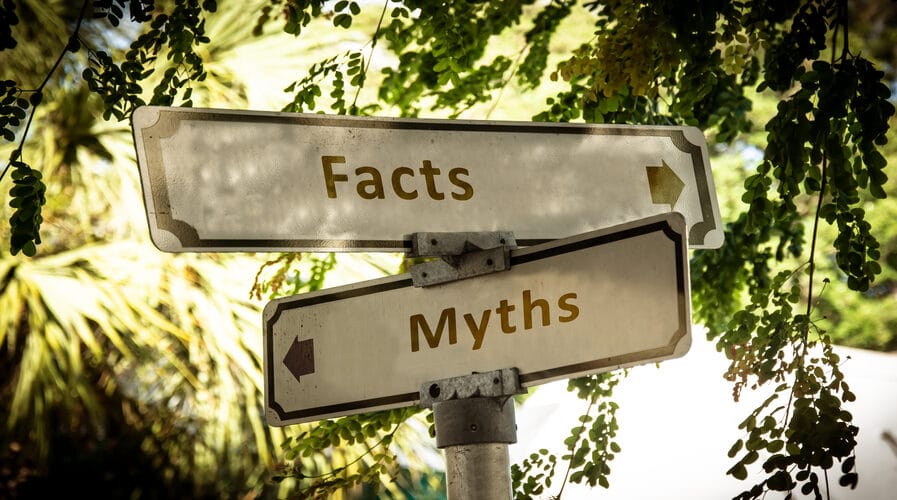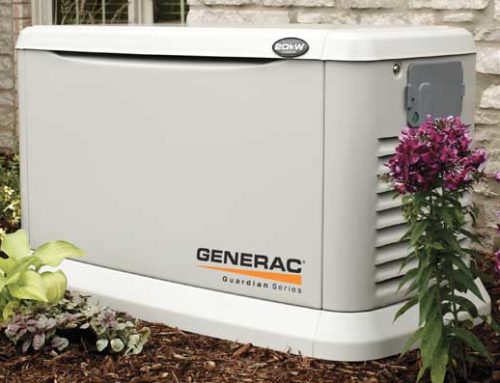As an installation professional and certified Generac sales and service dealer I get asked a lot of questions. When providing quotations, potential clients often request that we “just tie into the BBQ line” to fuel the generator. Or to utilize the pipe feeding the pool heater or the garage heater.
The Nightmare of an Improper Generator to Gas Meter Installation
I cannot stress enough the importance of plumbing the generator directly to the gas meter without sharing that pipe with any other appliance. One of the biggest reasons for denied warranty claims is IMPROPER installation. One of the most common installation mistakes is made on the gas portion of the installation. Too often the installer has undersized the gas pipe to the generator, or used the existing bbq line to “tap into” and feed the generator. Trying to save money by not plumbing the gas line from the meter is a classic example of “ THE CHEAPER WAY IS OFTEN THE MOST EXPENSIVE”.
The pipe sizing is done taking into account the BTU / Hr (British Thermal Units) of the generator, in combination with the length of the gas run and the number of gas fittings needed. Each 90 degree elbow is equivalent to 10 feet of pipe length. BTU is a measure of energy needed to heat or cool one pound of water 1 degree at sea level. It is used to size gas requirements among other things. It goes without saying that the gas installation must comply with all regulatory authorities governing your area.
How often I have run into the following scenario:
Customer calls because his generator (installed by others) failed during a power outage.
I attend the site and notice an undersized gas pipe feeding the generator. I inform the customer that I can’t begin to diagnose the problem (if there is one) until the gas piping has been installed correctly, and that the gas installation may be the reason for his generator failing him. The customer gets agitated and claims I don’t know what I’m talking about as his generator has been exercising weekly all year long with no issues at all. I explain to the customer that the generator can exercise with no electrical load on it with that size gas pipe, but once you start putting a load on the generator electrically in an actual outage situation the generator will starve for fuel while trying to maintain its RPM.
The customer’s generator started up as expected and produced stable voltage, the transfer switch placed the electrical load of the home on the generator as expected and the generator needed more fuel to do its job under load. The reduced pipe sizing essentially choked out the generator, and caused it to shut down with an “underspeed” fault code. The customer has no power in his home, and is convinced he has a problem with his generator.
Now the customer is left understanding what happened, and that he has to pay us to properly install his unit. On top of that Generac or any manufacturer will deny damages that may have been caused by the unit running lean on fuel. Furthermore the sensitive electronics in the home that have some exposure to a browning out generator risk damage as well.
After a Proper Gas Installation…
Once we completed the new gas installation to the customers unit, it performed flawlessly under a simulated outage and load test. But the customer has spent more than he spent originally at this point on the installation component of his generator. Making this a very expensive installation for no good reason. In addition the unit let them down and there is a notation in the manufacturers file on this unit adversely affecting the warranty going forward.
Some Causes for Concern When Sharing a Gas Line
There are other concerns with sharing a gas line between a generator and other appliances. A home standby generator will start operating at full load capacity allowing it to handle the large starting loads. If the generator is not the only item on that Gas pipe run it can create enough vacuum in the fuel line to stop gas flow to other appliances ahead of it. This can cause issues with pilot lights, such as heating systems, if you are not home to relight them. Imagine you have purchased a generator to make sure the heat stays on in your home, yet when the generator actually starts up your furnace flames out!, maybe your hot water tank too. As you can see the gas installation be it natural gas or propane is a very important component of any generator installation.
If your installation is Liquid propane just substitute the word “meter” for regulator in this article and all applies to you as well!
In the above I have made many references to the piping from the gas meter. But what about the gas meter itself? You guessed it, the gas meter as well must be properly sized for the addition of your generator. It is a simple thing to calculate the total BTU of all your existing gas appliances, and add the BTU of the generator you’re considering to come to a total BTU for the home. Once you have that number for example 375000 BTU it’s an easy task to have the gas company tell you if you require an upgrade meter for your generator addition. This all sounds like a big complicated pain. But we handle all of this for you. We determine if an upgrade to your gas meter is required, we make the application to your provider and we coordinate our install with the meter upgrade.
If you have a new generator proposal done and the contractor does not take note of every detail of your existing gas meter and loads, do not consider this proposal.
Our Generator Installers Work in Tandem With Well-Educated Gas Technicians
Platinum Electrical Contractors powers our Generator installers with on staff gas technicians fully educated on the special requirements of your home standby generator. No shortcuts, if we cannot do it as per manufacturer recommendations we simply won’t do it. Platinum Electrical Contractors handles the entire process, with no surprises for a turn key solution.





